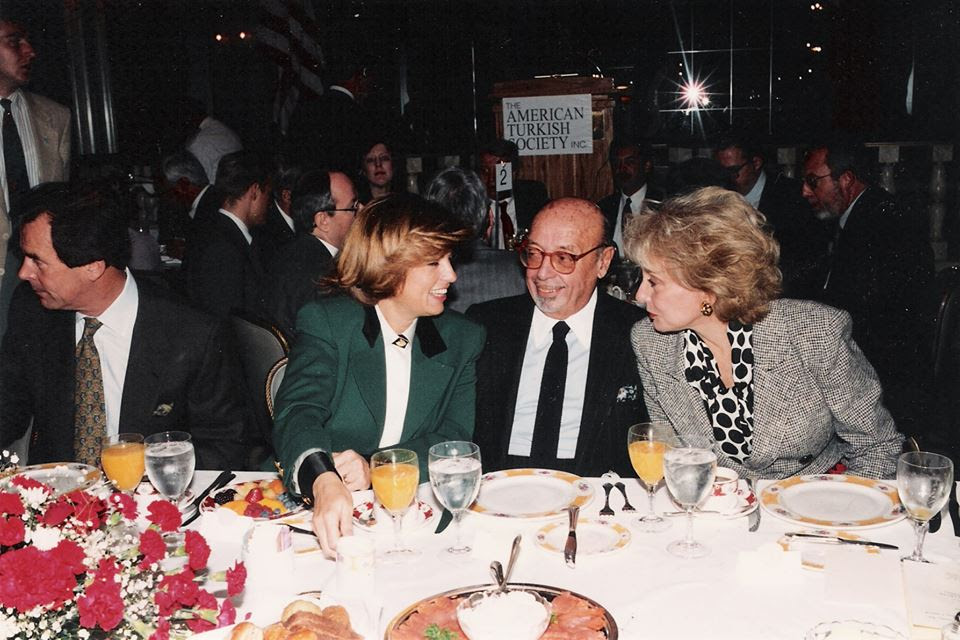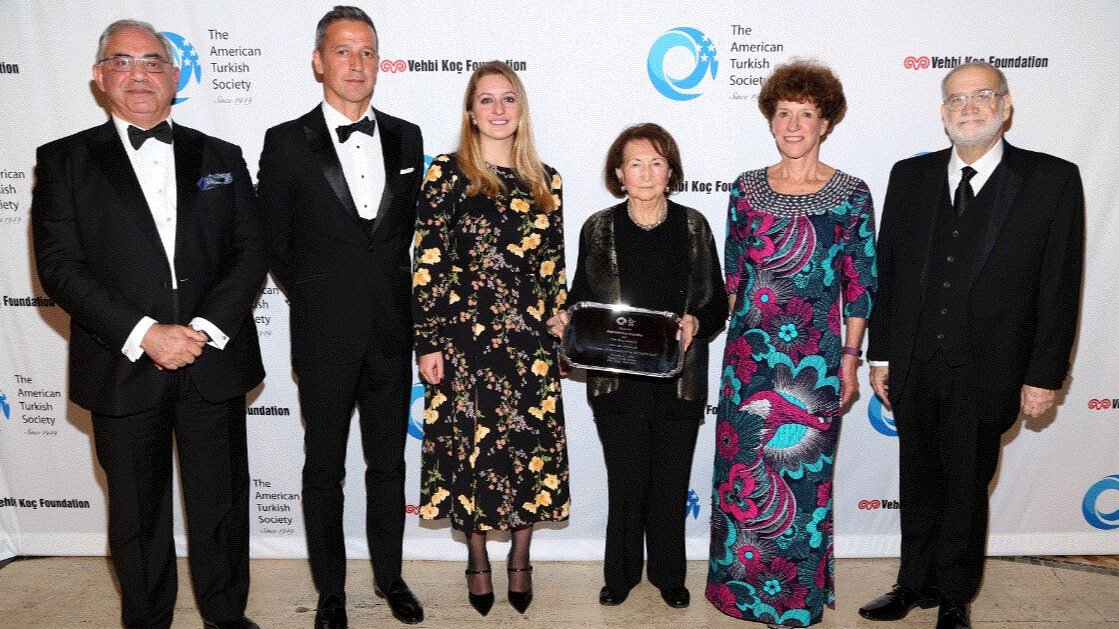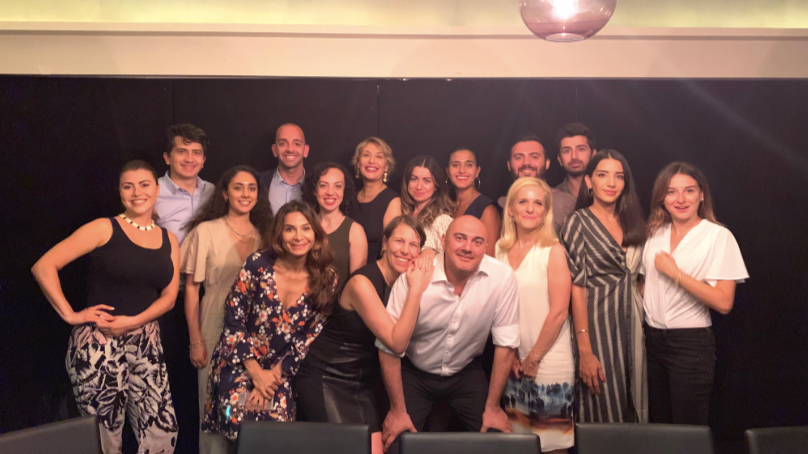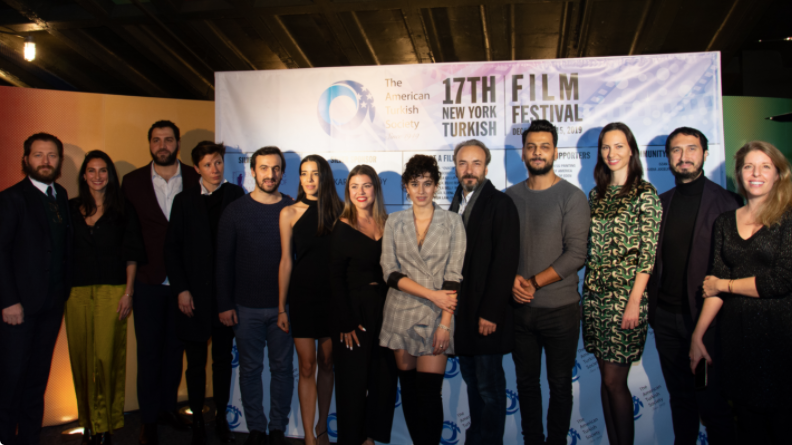History

On June 29, 1949, eight men gathered in New York to announce the establishment of The American Turkish Society. At the time, none of them could have guessed that it would last nearly six decades and boast so many success stories. The organization came to life at the end of a long and tumultuous decade that saw the end of World War II. These eight men knew the world was on the verge of a new horizon. In 1947 they had seen the Marshall Plan begin; in 1949, it was the North Atlantic Treaty Organization (NATO). Clearly a better relationship between Turkey and the U.S. would benefit both nations.
In the six decades since then, The American Turkish Society has known the excitement of hosting prime ministers, ambassadors, and top business executives in order to commemorate and offer insights into the long-standing relations between the two nations. The Society has also celebrated satisfying achievements in education, culture, and humanitarian aid programs.
Let’s see what we have done over the decades!
The ’50s: Exciting Years
On June 29, 1949, eight men gathered in New York to announce the establishment of The American Turkish Society. Its founding members were Selim Sarper, Ernest Jackh, Asa Jennings, Lewis Owen, Charles Wylie, and three Turkish representatives. The organization came to life at the end of a long and tumultuous decade that saw the end of World War II. These eight men knew the world was on the verge of a new horizon.

Mr. Sarper, the founder and the first president of ATS, and his friends accomplished the following and more in the ’50s:
-Established the Center of Turkish Studies of Columbia University as a part of the new Near and Middle East Institute.
-Created a Turkish Arts Exhibition in cooperation with the Metropolitan Museum and the Turkish Government for five American cities.
-Conducted a blood drive for the troops in Korea.
-Aided the Turkish expellees from Bulgaria.
-Established a Washington branch
-Collaborated with the Turkish-American Women’s Cultural Society in Ankara.
The ’60s: The Society Becomes an Institution
In 1961, it was agreed that The Society should have permanent office space with a secretary and manager. The Society held its first Board of Directors meeting in its first office located on Madison Avenue and Betty R. Guyer became the first Assistant Secretary.
In an effort to expand, ATS ran several membership campaigns. Soon the number of members had doubled to 263. From May 1966 to May 1967, dozens of activities were held.
The ’70s, ’80s, and ’90s: The Developmental Stage

The 70s experienced the highest membership rate for The Society with 263 individual members and 47 corporate members. A consumer brands giant, Philip Morris also became a member in 1977. The Society was pursuing a spectrum of events and activities including an annual luncheon that was held at the Hotel Pierre on April 3rd, 1974, which many leading Turkish industrialists such as Dr. Nejat F. Eczacibasi and Vehbi Koc attended as speakers. In 1979, the organization restructured and Atlantic Records founder, Ahmet Ertegun, became chairman. He served as chairman until his death in 2006.
The Society’s activities in the early ’80s focused mostly on Mustafa Kemal Atatürk. Programs from 1981-1982 included: “Ataturk and the Visual Arts”, “Ataturk in the Eyes of his Contemporaries”, “Ataturk’s Turkey”, “Women’s Liberation in the Ataturk Period”. However, in 1983, everything was about to change yet again. Turgut Ozal became Prime Minister. Ozal paid a lot of attention to the American-Turkish relationship and invited American investors to Turkey. ATS sponsored the Annual American Turkish Business Conferences which started in 1982. The Business Newsletter released in April 1985 reports significant increases in Turkish exports to the U.S. These were the years when Turkey converted to a liberal economy and opened its doors to the world. The Society supported the trend through its many timely conferences and programs.
At the beginning of the ’90s, ATS had the opportunity to cooperate with other NGOs in Turkey when the unfortunate earthquake took place in 1999. The Life Project, The Sister School Project, the construction of the Yalova Elementary School, the Yeni Mahalle Day Care Center and the Earthquake Trauma Mental Health Service Program were among the NGOs ATS partnered with in Turkey to support earthquake victims. In the ’90s many significant government officials from Turkey attended ATS’s events; among those were Suleyman Demirel, then the Prime Minister of Turkey, Tansu Çiller, then the Minister of State in Charge of Economic Affairs, and Turgut Ozal then the President of Turkey.
The 2000’s: A Foundation Reborn


ATS inaugurated its Annual Gala in 2006 to celebrate successful joint ventures between American and Turkish corporations, starting with the 50-year partnership of Ford Motor Company and Koç Holding in Turkey.
Towards the end of the first decade of the millennium, The Society experienced a huge loss with the death of its long-standing vice-chairman, Arif Mardin on June 25, 2006, and chairman, Ahmet Ertegun on December 14, 2006.
2010 and Beyond: Steering The Focus to Arts, Culture and Educational Programs


The second decade, 2010 and on, marked the beginning of vigorous programming. In addition to the Ahmet Ertegun Memorial Scholarship and Arif Mardin Fellowship, The Society added another scholarship program by partnering with The School of Visual Arts. Each year, since 2010, The Society funds a Turkish artist to participate in SVA’s Summer Residency Program enabling them to gain valuable experience in New York’s art world.
In 2011, The Society acquired the Moon and Stars (MASP) Project Grants and took ownership of the grants program and its renowned, New York Turkish Film Festival. Last but not least, in 2019, ATS co-founded The Promising Turks Fund with The Turkish-American Association. The fund offers support for Turkish students to represent Turkey in the U.S. in the fields of Science, Technology, Engineering, Art, Mathematics (STEAM), and international relations.

